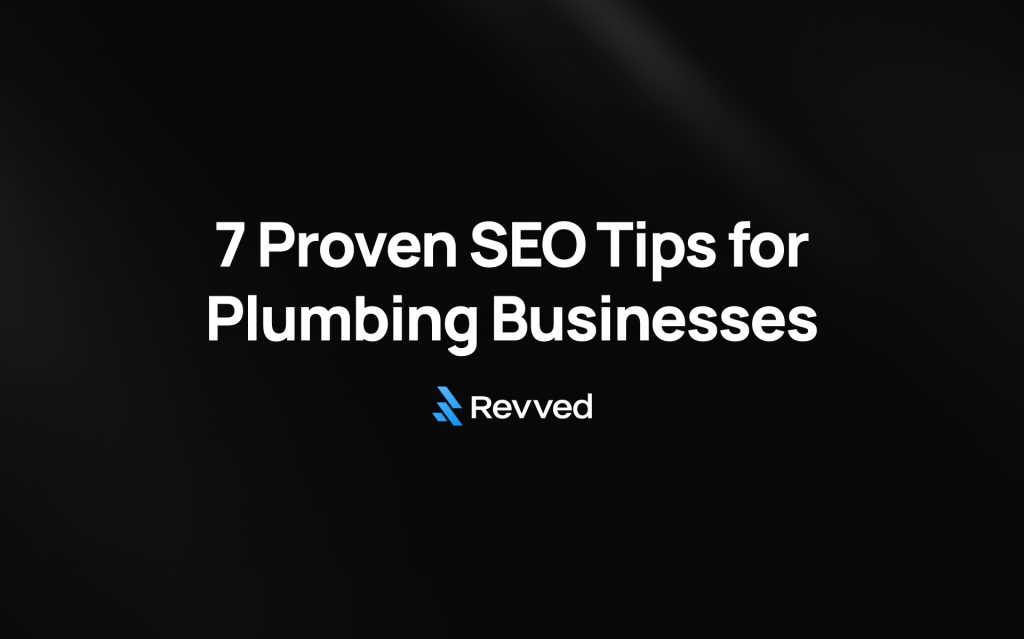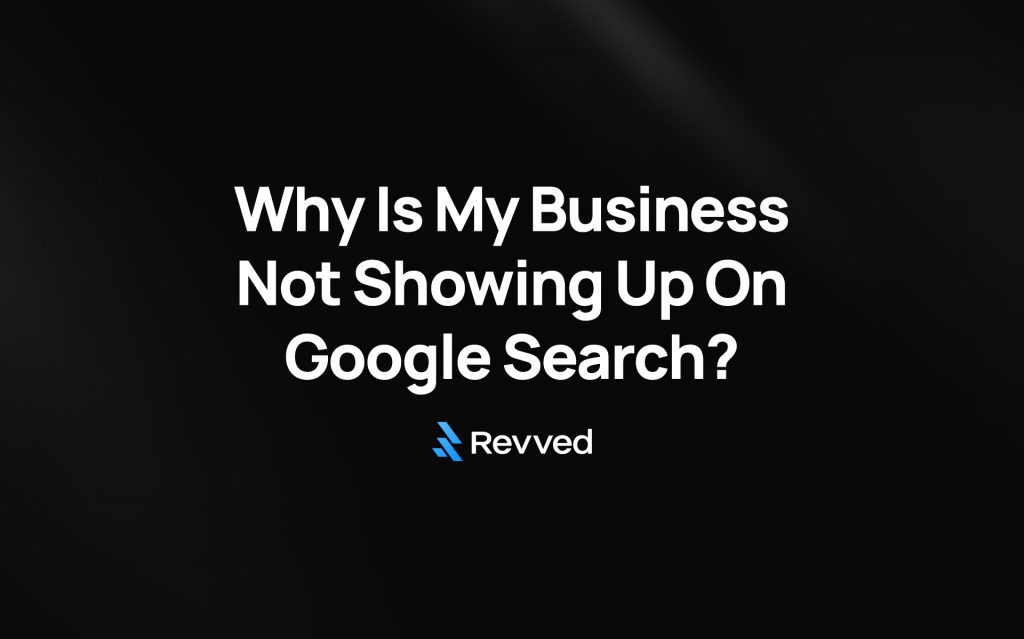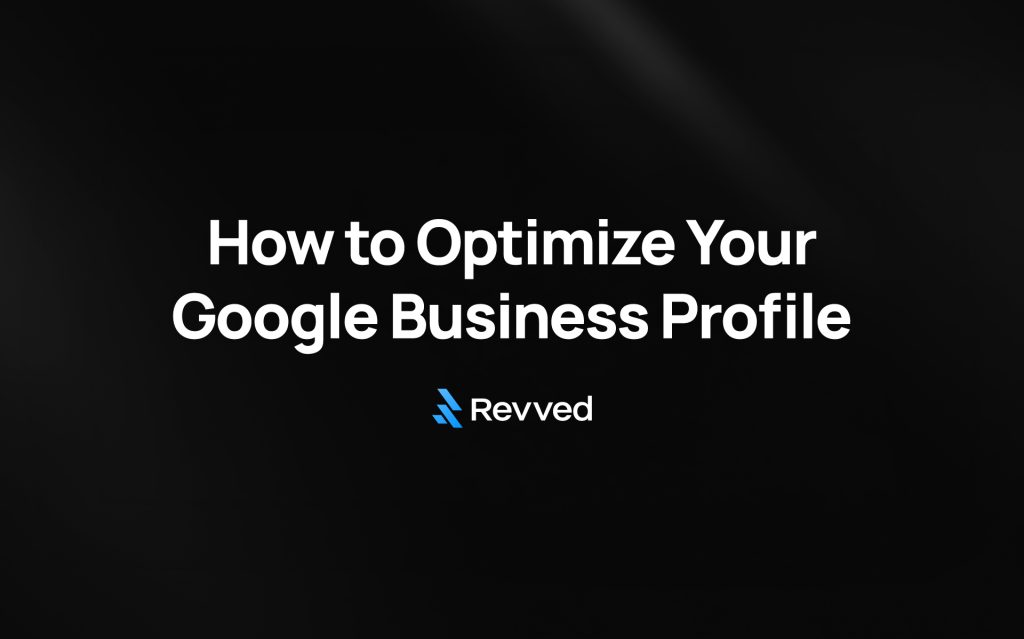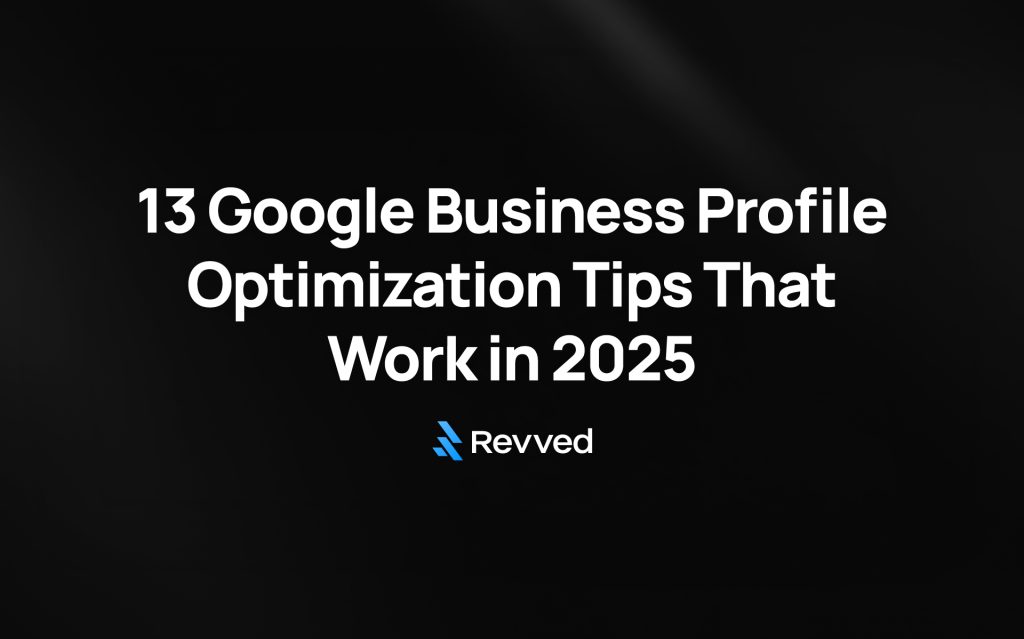Many wonder if SEO is dead. Google processes an astounding 14 billion searches per day in 2024, and the answer might surprise you. The search giant’s volume actually grew by more than 21% compared to 2023. This translates to 5.9 million searches every minute.
The rise of AI has dramatically altered the SEO landscape. Gartner projects brands will lose 25% of their web traffic by 2026. Top-ranking organic results lose up to 45% of their traffic when AI Overviews appear in search results. These AI Overviews now show up in 28.11% of SERPs, creating fresh challenges for businesses that depend on organic traffic.
SEO remains very much alive in 2025. AI has changed the digital world, yet traditional SEO principles still matter—they simply continue to evolve. You’ll learn to adapt your strategy for this new search era, understand which tactics work, and see why the connection between AI and SEO is vital for your business’s online visibility.
How AI Changed the Way We Search
AI tools have completely reshaped how we search online. What started as something cool has grown faster into a big change in the way people look for information. Let’s get into how these changes are reshaping the digital world.
The rise of ChatGPT, Perplexity, and AI Overviews
AI search platforms are booming. ChatGPT reached an impressive 200 million weekly active users by late 2024. Perplexity AI got to 15 million monthly users during the same period. Traditional search engines didn’t sit idle – they added AI right into their results pages.
Google rolled out AI Overviews at the top of search results for many queries. A Pew Research study shows 58% of Google users now see these AI-generated summaries when they search. Microsoft kept pace by adding Copilot to Bing to increase search capabilities.
These tools are catching on fast, and it’s changing how we search online. Statista and SEMrush report that one in ten U.S. internet users now use generative AI tools to search. This number will grow by a lot – from 112.6 million people in 2024 to 241 million by 2027.
Why users are turning to conversational search
People naturally want to talk with technology in a more human way. Over 50% of global searches now use conversational language. AI assistants and voice search made this happen.
Users love these platforms for good reasons:
- Direct answers: Users get clear, customized responses instead of clicking through websites. AI search gives answers in simple language, creates summaries, and backs them up with sources.
- Time savings: AI cuts down research time. Users spend less time trying to explain what they need or putting together information from different places.
- Customized results: Gartner reports 63% of online consumers expect AI to personalize their search results. AI search engines are great at getting what users want and why they want it.
Young users show this change clearly. They often skip Google and go straight to Amazon and TikTok for certain searches. An Evercore survey found that ChatGPT became the main search engine for 8% of people, up from just 1% before.
What this means for traditional search engines
Search engines face big challenges as users change their habits. Google still leads the pack but shows signs of slipping. Its market share dropped from 91.38% in March 2024 to 89.98% by November 2024.
“Zero-click searches” create a huge problem for websites that need organic traffic. Bain & Company’s research shows 60% of searches end without clicks to other websites. Many sites lost 15% to 25% of their organic traffic because of this.
Users now trust AI-written results for at least 40% of their searches – that’s about 80% of consumers. This affects both traffic patterns and how brands connect with people online.
Google launched Bard (now Gemini) and added AI summaries to search results to stay relevant. They walk a fine line between keeping user trust and making money from ads.
Local businesses need new ways to stand out online. Simple keyword optimization doesn’t cut it anymore. Success comes from understanding what users want and creating content that shows real expertise.

Enter your website below to start your proposal request!
Is SEO Dead in 2025? Let’s Look at the Data
People have spread rumors about SEO’s death for years, but what do the numbers really show? Now that AI has become part of the search world, we need to separate fact from fiction about SEO’s relevance in 2025.
Google still dominates search volume
Google remains the undisputed king of search, despite predictions of its downfall. The tech giant handles over 14 billion searches daily, showing a 21% jump from 2023 figures. This breaks down to about 5.9 million searches every minute.
Google’s search engine market share stays strong at 90% worldwide. The company managed to keep 85.1% of all search traffic through 2025’s first quarter, even with new AI-powered competitors emerging. This dominance shows up in both desktop and mobile searches, where Google owns 78.7% and 91.6% of the market.
Research shows that 94.3% of all global organic traffic comes from Google-owned properties. Google continues to be the main source of potential customers for businesses looking to boost their digital presence.
AI search traffic is growing, but slowly
Of course, AI search tools are becoming popular, but their adoption rates don’t match traditional search engines yet. Only 10% of U.S. internet users turn to generative AI tools like ChatGPT and Perplexity AI for their online searches.
The growth looks steady but measured. Recent projections show AI-powered tool usage will grow from 112.6 million people in 2024 to roughly 241 million by 2027. These numbers show strong growth, but still represent a small piece of total search activity.
User behavior research shows people use AI search for specific types of queries:
- Complex questions that need blended information (42% of AI searches)
- Academic or professional research (31%)
- Shopping research and comparisons (17%)
- Creative tasks and brainstorming (10%)
These patterns suggest AI search adds to traditional search methods rather than replacing them. One industry analyst puts it well: “AI search isn’t killing SEO—it’s creating a parallel ecosystem with different use cases.”
Why SEO traffic dips don’t mean SEO is over
Many websites have seen traffic changes as AI features become more common. Studies show top-ranking organic results lose up to 45% of their traffic when AI Overviews appear. Gartner predicts brands will lose about 25% of their web traffic by 2026.
In spite of that, these numbers tell just part of the story. Traffic redistribution doesn’t mean traffic elimination. Websites that optimize for AI visibility have seen their traffic bounce back 60-70% within six months of using AI-friendly SEO strategies.
Traffic metrics alone can’t show the full picture of user engagement patterns. Visitors coming through organic search are 8.5x more likely to convert than those from other channels, even with lower click-through rates.
Industry data reveals that companies adapting their SEO strategies for AI environments get 37% better visibility in AI-generated responses compared to those stuck with traditional approaches.
The evidence points to progress rather than extinction. About 86% of marketers are putting more money into SEO this year, not less—showing clear faith in SEO’s future. Companies using AI-optimized content strategies see a 43% increase in featured snippet appearances, which play a vital role in voice search and AI-generated responses.
The data proves that SEO isn’t dying—it’s changing shape. Just like previous algorithm updates and tech changes, websites that adapt to new search behaviors continue to succeed, while those holding onto old strategies may see their results decline.
What AI Search Engines Actually Use to Find Answers
AI search engines’ inner workings show why traditional SEO isn’t obsolete—it continues to develop. Complex systems that still depend on many traditional search principles power those conversational interfaces, though with notable differences.
LLMs rely on existing search indexes
AI search engines don’t work independently from traditional search technology, contrary to what many believe. These systems use Retrieval-Augmented Generation (RAG). This process feeds search results from existing databases into the AI’s context before it generates responses.
Bing’s AI doesn’t create answers out of thin air—it searches its database first. Then it uses ChatGPT to develop a response based on the information it finds. This approach substantially improves accuracy by letting AI access immediate data beyond its training.
Google’s antitrust case documents revealed that AI Overviews use FastSearch technology. This system retrieves only some search results through lighter ranking signals. The AI works with a curated content index rather than searching the entire web.
The process lacks the stability of traditional search. Recent analysis reveals “citation drift” where 40-60% of domains cited in AI responses shift completely after just one month, even for similar questions. Businesses find it challenging to track their visibility in AI search results because of this instability.
The role of structured content and citations
AI search engines assess content differently than just scanning for keywords—they look at structure and credibility. LLMs interpret content differently from traditional search engine crawlers that heavily depend on markup and links.
Content breaks down into tokens as these systems analyze relationships between words, sentences, and concepts. A clear content structure becomes vital to visibility. AI models prefer content with:
- Clear headings and proper H1-H2-H3 nesting
- Short, focused paragraphs (one idea per paragraph)
- Structured formats like lists, tables, and FAQs
- Defined topic scope at the top of the page
- Semantic cues like “to sum up” or “step 1”
Citations and credibility matter more than ever. AI search engines can detect genuine expertise, which makes producing shallow content risky. These systems verify information by comparing multiple sources before responding to users. Content with accurate citations from credible sources gets priority.
“You’re better off spending time on three or four expertly crafted pieces with credible citations than pumping out eight shallow articles,” notes one industry expert.
How traditional SEO signals still matter
Many traditional SEO elements remain significant despite the rise of AI search. Technical performance, keyword targeting, and content structure continue to affect visibility in both traditional and AI-powered results.
AI search engines need to crawl and index your content. Your content becomes invisible to AI if your robots.txt file blocks crawlers like GPTBot (OpenAI) or CCBot (Common Crawl).
Content clarity and topical connections matter more now than before. AI search engines make use of RankEmbed signals—ranking signals that capture meaning by recognizing semantic relationships between queries and documents.
Some content types get special treatment. Government websites appear more frequently in AI summaries compared to standard search results (6% versus 2%). News websites maintain 5% representation across both. YouTube leads video platforms in AI search results, getting cited 200 times more often than TikTok or Vimeo.
Local businesses should know that SEO isn’t dead—it just needs adaptation. Creating well-laid-out, authoritative content with proper citations are the foundations of visibility, whatever platforms customers use to find you.
How to Adapt Your SEO Strategy for AI Overviews
AI Overviews now show up in almost 30% of queries and 74% of all problem-solving searches. Your SEO strategy needs to adapt quickly. The good news? Many techniques that boost AI visibility build on SEO basics you might already use.
Focus on clear, concise answers
AI search engines love content that answers user questions directly. You should put the main answer right at the top of your content. The primary answer works best within the first three sentences.
Here’s how to stand out in AI-generated results:
- Start key sections with simple answers that make sense on their own
- Keep your original response under 40-60 words
- Add supporting details that give depth and context
- Write like you talk – it matches natural speech patterns better
“Modern SEOs are in good shape—much of what AI requires builds on the strategic SEO work we already do,” notes Search Engine Land. The main change? Put those clear answers early in your content instead of slowly building up to them.
Use headings, bullet points, and FAQs
Content structure plays a huge role in AI visibility. Google’s developer guidelines say you should “make sure visitors can easily distinguish main content from other content”. Proper formatting has become crucial to ranking well.
Your content needs a clear heading hierarchy (H1 for main title, H2 for sections, H3 for subsections) that AI can follow easily. This creates a roadmap for humans and AI systems alike. Research shows that bullet lists often appear in AI Overviews.
About 71.5% of users now turn to generative AI to find information online. FAQ sections help make your content more digestible by tackling common questions in your field. This matches how people search through voice and text.
Include expert quotes and statistics
AI systems prefer content that shows expertise, experience, authority, and trust. Content with expert quotes and statistics has a better chance of appearing in large language model outputs.
Recent data and research findings make your claims stronger. AI-generated responses tend to favor content from trusted sources. Government websites appear three times more often in AI summaries than regular search results (6% versus 2%).
Local businesses should keep their Google Business Profile information up to date. AI often uses real customer experiences, which makes reviews a valuable source for AI responses.
Optimize for featured snippets and passages
Featured snippets and AI Overviews go hand in hand—60% of voice search answers come from featured snippets. Here’s how to optimize:
- Find common questions in your industry
- Structure content to answer these questions directly
- Match snippet formats (paragraphs, lists, or tables)
- Add proper schema markup like FAQ schema
Short paragraphs that focus on one idea work best. This helps AI pick out relevant passages when creating responses. Bold or highlighted text can emphasize key points too.
Want to optimize your content for both traditional search and AI results? Let us help your business get noticed in AI search results with a free proposal.
The gap between traditional SEO and AI optimization gets smaller every day. These strategies will help your content stay visible no matter how people search.
What Still Works: SEO Tactics That Haven’t Changed
The AI revolution hasn’t changed everything. Many traditional SEO techniques still produce excellent results. Smart businesses know that proven strategies work well even as search continues to change.
Long-tail and conversational keywords
AI’s influence keeps growing, but long-tail keywords still drive valuable traffic. These specific phrases face less competition and convert better. The data shows long-tail keywords convert 3-5 times better than generic terms.
Voice search has made conversational keywords more important than ever. About 41% of adults use voice search every day, so natural language optimization brings real benefits. People now ask complete questions instead of typing fragmented keyword strings.
Here’s how to take advantage:
- Build content around question words (who, what, when, where, why, how)
- Add semantic variations that match user intent
- Use phrases that sound like natural speech
Digital PR and brand mentions
Your brand’s online presence affects search visibility more than technical optimization. Search algorithms now treat unlinked brand mentions as implied endorsements. Websites with strong brand signals get 35% more organic traffic than similar competitors with comparable backlink profiles.
Digital PR tactics that create genuine media coverage and social mentions still work really well. These signals help search engines confirm your credibility in your industry.
Cross-platform visibility and local SEO
Local SEO basics matter more in the AI era. Google processes 46% of all searches with local intent. Voice assistants handle local queries more than any other type.
Local businesses must keep their NAP (Name, Address, Phone) details consistent everywhere online. Your Google Business Profile serves as the life-blood of local visibility. Businesses with complete profiles get 7 times more clicks than those with incomplete listings.
Your overall search presence improves with visibility across platforms. Brand recognition and trust grow as users find you on multiple channels. This creates a network effect that even advanced AI systems notice and reward.
Search engines, including AI-powered ones, still favor businesses that show relevance, authority and consistency online. These proven principles continue to work as search technology advances.
New Metrics to Track in the Age of AI Search
SEO professionals need new ways to measure success as search continues to evolve. The old metrics don’t paint the full picture anymore. Smart SEO experts now track fresh performance indicators that show true visibility in our AI-driven world.
Share of AI voice and prompt visibility
AI Share of Voice (AI SoV) shows how often your brand or content shows up in AI-generated search responses next to your competitors. This score reveals your authority in areas where AI decides which answers can be trusted. AI systems pull information from a select group of trusted sources when they create answers.
Here’s how to calculate your weighted AI SoV:
- Give each position a value (1st place = 1, 2nd = 2, etc.)
- Use a reciprocal weighting formula (1/position value)
- Take your weighted score and divide it by all weighted mentions
- Convert to percentage by multiplying by 100
To cite an instance, see what happens if your brand lands second place in an AI response. Your weighted score would be 0.50. If all brands have a total weighted score of 2.08, your AI SoV comes to 24%.
SERP saturation and citation frequency
SERP saturation – knowing how to own search results through organic and paid listings – has hit its lowest point in 11 years. Only 8% of results now show brands in both paid and organic listings.
Earned content from third-party sites leads the way in citations across AI platforms. User-generated content comes in second. The citation patterns shift based on query type:
- Third-party editorial content dominates problem exploration stages
- Review sites with UGC take over during comparison stages
- Brand websites get cited more in final research phases
LLM Citation Frequency measures how many times AI-generated responses mention your content directly. AI systems and their users see high citation frequency as a sign of authority and trust.
Why traffic isn’t the only KPI anymore
The days of judging SEO success by traffic numbers alone are over. Brands can now be visible without getting clicks since AI platforms give instant answers.
Data shows AI traffic has jumped by 113% in just three months before July 2025. Yet regular traffic metrics miss these new engagement patterns. Companies that use AI-optimized content strategies see their featured snippet appearances rise by 43%.
Smart businesses track these new KPIs:
- How often they appear in AI-generated answers
- Brand mentions by high-authority sources
- Topic-specific semantic authority
- Answer ownership (frequency of AI using their content)
These metrics help track influence even without direct website visits. This matters more each day as people keep asking “is SEO dead in 2025?” and looking beyond basic traffic numbers.
Conclusion
People claim SEO is dying, but the facts show that search engine optimization still plays a vital role in 2025—though AI has changed it substantially. AI hasn’t made SEO obsolete; it just works differently now. Google handles billions of searches each day, while AI search platforms work alongside traditional search methods rather than replacing them.
Your business needs to adapt to AI search, not abandon SEO principles. Companies that use clear, well-laid-out content with expert knowledge and natural keywords continue to succeed. Looking at metrics beyond traffic—like AI share of voice and citation frequency—gives you a better picture of your digital presence.
Small local businesses can find great opportunities in this progress. You double your chances of being found by creating content that works for both human readers and AI systems. Your business needs consistent NAP information, an optimized Google Business Profile, and authoritative content. These remain powerful strategies whatever way customers find you.
The answer to “Is SEO dead?” couldn’t be clearer: definitely not. SEO has grown beyond first-page rankings. It now covers visibility in both traditional search results and AI-generated responses. Don’t let AI search progress leave you behind. Get in touch with us today for a free SEO proposal that shows how your content can rank in both traditional and AI search results.
The real key lies in matching your approach to people’s search habits. Your main goal stays the same whether customers find you through Google search or AI chat—you want to connect with the right people at the right time with the right information.

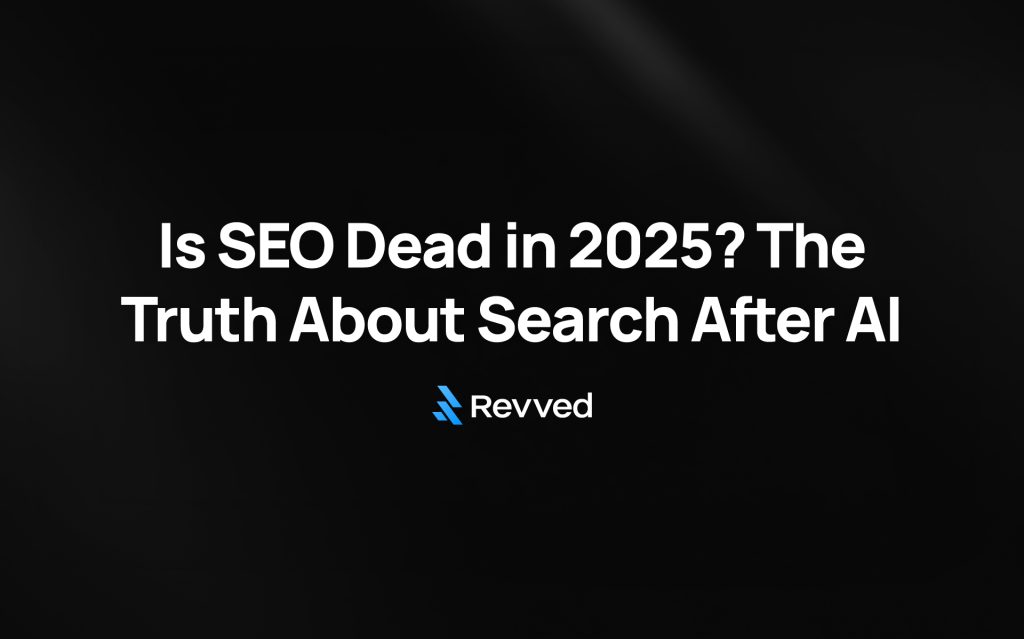

![Digital Marketing for Plumbers: What Actually Works in 2025 [Real Results]](https://revved.digital/wp-content/uploads/2025/10/Digital-Marketing-for-Plumbers-What-Actually-Works-1024x639.jpg)
![Why Local SEO for Plumbers Is Your Best Investment in 2025 [Expert Data]](https://revved.digital/wp-content/uploads/2025/10/Why-Local-SEO-for-Plumbers-Is-Your-Best-Investment-1024x639.jpg)
